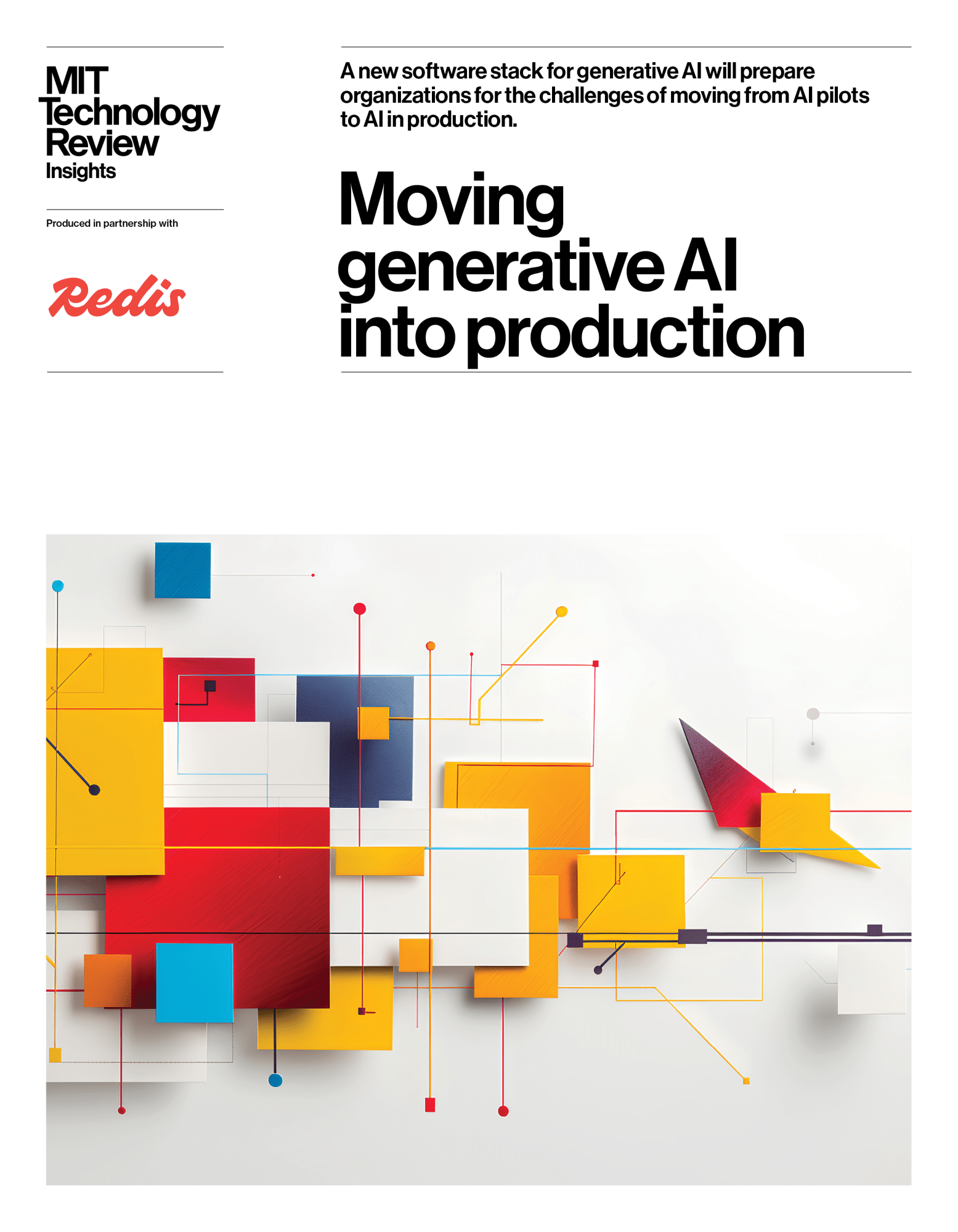OpenAI’s new defense contract completes its military pivot
At the start of 2024, OpenAI’s rules for how armed forces might use its technology were unambiguous.
The company prohibited anyone from using its models for “weapons development” or “military and warfare.” That changed on January 10, when The Intercept reported that OpenAI had softened those restrictions, forbidding anyone from using the technology to “harm yourself or others” by developing or using weapons, injuring others, or destroying property. OpenAI said soon after that it would work with the Pentagon on cybersecurity software, but not on weapons. Then, in a blog post published in October, the company shared that it is working in the national security space, arguing that in the right hands, AI could “help protect people, deter adversaries, and even prevent future conflict.”
Today, OpenAI is announcing that its technology will be deployed directly on the battlefield.
The company says it will partner with the defense-tech company Anduril, a maker of AI-powered drones, radar systems, and missiles, to help US and allied forces defend against drone attacks. OpenAI will help build AI models that “rapidly synthesize time-sensitive data, reduce the burden on human operators, and improve situational awareness” to take down enemy drones, according to the announcement. Specifics have not been released, but the program will be narrowly focused on defending US personnel and facilities from unmanned aerial threats, according to Liz Bourgeois, an OpenAI spokesperson. “This partnership is consistent with our policies and does not involve leveraging our technology to develop systems designed to harm others,” she said. An Anduril spokesperson did not provide specifics on the bases around the world where the models will be deployed but said the technology will help spot and track drones and reduce the time service members spend on dull tasks.
OpenAI’s policies banning military use of its technology unraveled in less than a year. When the company softened its once-clear rule earlier this year, it was to allow for working with the military in limited contexts, like cybersecurity, suicide prevention, and disaster relief, according to an OpenAI spokesperson.
Now, OpenAI is openly embracing its work on national security. If working with militaries or defense-tech companies can help ensure that democratic countries dominate the AI race, the company has written, then doing so will not contradict OpenAI’s mission of ensuring that AI’s benefits are widely shared. In fact, it argues, it will help serve that mission. But make no mistake: This is a big shift from its position just a year ago.
In understanding how rapidly this pivot unfolded, it’s worth noting that while the company wavered in its approach to the national security space, others in tech were racing toward it.
Venture capital firms more than doubled their investment in defense tech in 2021, to $40 billion, after firms like Anduril and Palantir proved that with some persuasion (and litigation), the Pentagon would pay handsomely for new technologies. Employee opposition to working in warfare (most palpable during walkouts at Google in 2018) softened for some when Russia invaded Ukraine in 2022 (several executives in defense tech told me that the “unambiguity” of that war has helped them attract both investment and talent).
So in some ways, by embracing defense OpenAI is just catching up. The difference is that defense-tech companies own that they’re in the business of warfare and haven’t had to rapidly disown a legacy as a nonprofit AI research company. From its founding charter, OpenAI has positioned itself as an organization on a mission to ensure that artificial general intelligence benefits all of humanity. It had publicly vowed that working with the military would contradict that mission.
Its October 24 blog post charted a new path, attempting to square OpenAI’s willingness to work in defense with its stated values. Titled “OpenAI’s approach to AI and national security,” it was released the same day the White House issued its National Security Memorandum on AI, which ordered the Pentagon and other agencies to ramp up their use of AI, in part to thwart competition from China.
“We believe a democratic vision for AI is essential to unlocking its full potential and ensuring its benefits are broadly shared,” OpenAI wrote, echoing similar language in the White House memo. “We believe democracies should continue to take the lead in AI development, guided by values like freedom, fairness, and respect for human rights.”
It offered a number of ways OpenAI could help pursue that goal, including efforts to “streamline translation and summarization tasks, and study and mitigate civilian harm,” while still prohibiting its technology from being used to “harm people, destroy property, or develop weapons.” Above all, it was a message from OpenAI that it is on board with national security work.
The new policies emphasize “flexibility and compliance with the law,” says Heidy Khlaaf, a chief AI scientist at the AI Now Institute and a safety researcher who authored a paper with OpenAI in 2022 about the possible hazards of its technology in contexts including the military. The company’s pivot “ultimately signals an acceptability in carrying out activities related to military and warfare as the Pentagon and US military see fit,” she says.
Amazon, Google, and OpenAI’s partner and investor Microsoft have competed for the Pentagon’s cloud computing contracts for years. Those companies have learned that working with defense can be incredibly lucrative, and OpenAI’s pivot, which comes as the company expects $5 billion in losses and is reportedly exploring new revenue streams like advertising, could signal that it wants a piece of those contracts. Big Tech’s relationships with the military also no longer elicit the outrage and scrutiny that they once did. But OpenAI is not a cloud provider, and the technology it’s building stands to do much more than simply store and retrieve data. With this new partnership, OpenAI promises to help sort through data on the battlefield, provide insights about threats, and help make the decision-making process in war faster and more efficient.
OpenAI’s statements on national security perhaps raise more questions than they answer. The company wants to mitigate civilian harm, but for which civilians? Does contributing AI models to a program that takes down drones not count as developing weapons that could harm people?
“Defensive weapons are still indeed weapons,” Khlaaf says. They “can often be positioned offensively subject to the locale and aim of a mission.”
Beyond those questions, working in defense means that the world’s foremost AI company, which has had an incredible amount of leverage in the industry and has long pontificated about how to steward AI responsibly, will now work in a defense-tech industry that plays by an entirely different set of rules. In that system, when your customer is the US military, tech companies do not get to decide how their products are used.









